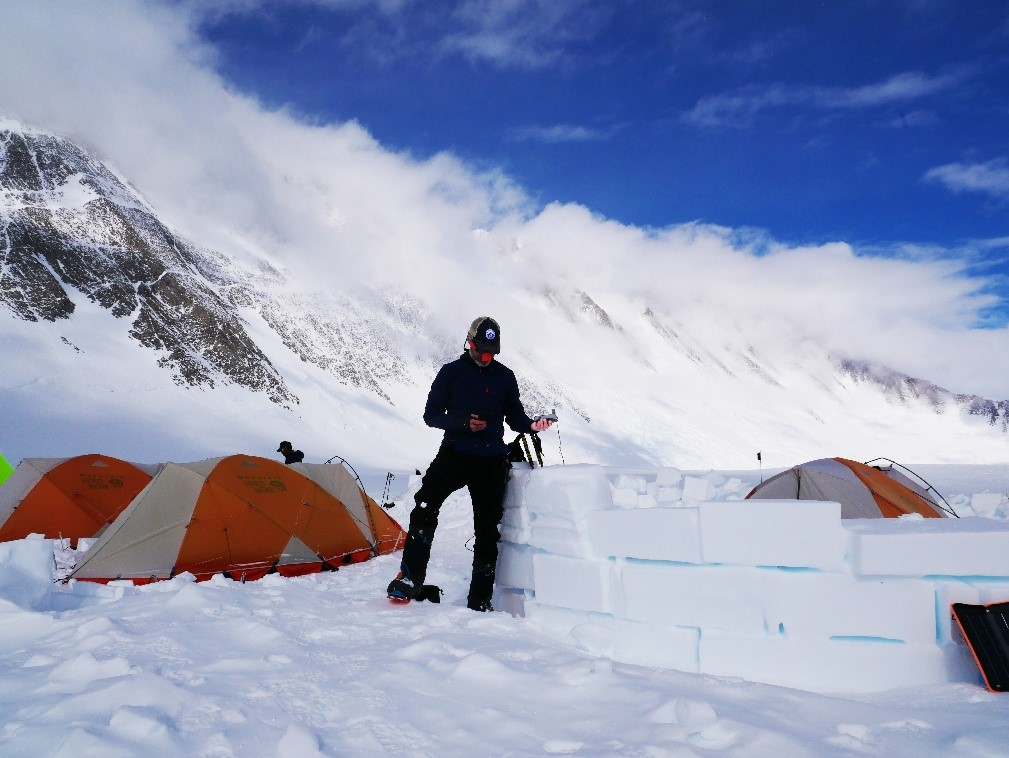Are SatPhones Staging a Comeback?
While ~86% of the global population has cellular coverage and less than 25% have 5G coverage, and while estimates vary, actual cell coverage is limited to between 10% and 15% of the world’s land mass, which means there are a lot of places where your cell phone is just a piece of expensive hardware that does little or nothing. But the addition of satellite communication capabilities opens the communications grid to an almost infinite number of locations that have been inaccessible to mobile communications.. There are satphones that can be bought by us regular folk, and they are not as expensive as one might think (between $700 and $1,700 typically), but must include a voice/data plan, which can become expensive depending on use and at relatively slow data speeds. You can buy a base station that allows a computer or cell phone to link to a satellite network, but those cost between $3,000 and $18,000.
While the Huawei satellite hook-up is actually of relatively little use for other than messaging, it predates Apple’s (AAPL) iPhone 14 announcement (tomorrow) that is rumored to include some form of satellite communication capabilities. There was supposed to be a similar system for the iPhone 13 but Apple and whoever the satellite carrier was to be were unable to reach an agreement before last year’s release. There is no information yet about the extent of Apple’s involvement with satellite networks, but if the iPhone 14 even hints at such a capability, there will be a renewed interest in the world of satphones and satellite communication networks , and while the cost might be high, it certainly would be a plus if you could whip out your iPhone on K2 and send a few pictures to the folks back home, that is if the phone is not completely frozen (The operating temperature of an iPhone 13 is 32⁰ to 95⁰, in theory).
The real benefit however would come from the potential for new silicon development, particularly a combination of existing positioning services and other satellite functions. Mediatek (2454.TT) has completed the first 5G non-terrestrial network connection test, paving the way for such potential silicon, and while plans for new satellite networks offer the potential to accommodate the distance restrictions that mmWave 5G and 6G face due to absorption by buildings, trees, and other objects as a satellite link would eliminate those restrictions and the potential density of base stations needed.

 RSS Feed
RSS Feed